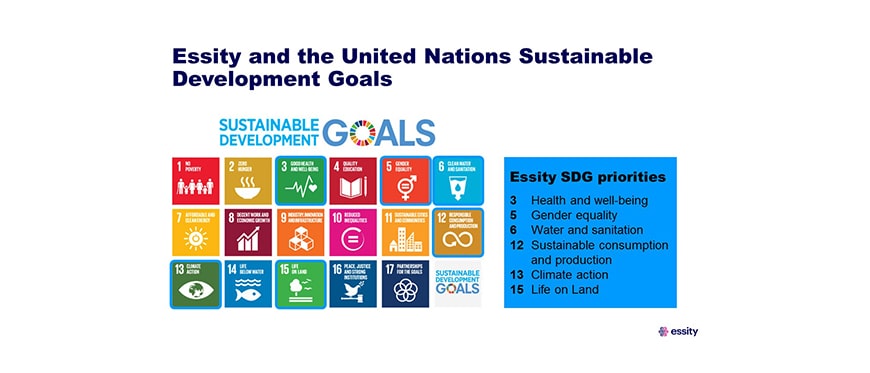On September 25th 2015, 193 countries adopted a set of goals to end poverty, protect the planet, and ensure prosperity for all as part of a new sustainable development agenda. Each goal has specific targets to be achieved by 2030. For the goals to be achieved, everyone from government, the private sector, and civil society need to do their part.
Global macro-trends, from population growth, aging population and higher living standards to scarce resources and climate change, can have a major impact on your business operations and society as a whole. Understanding these trends can create opportunities and assist a business to avoid risks associated with them. The sustainable development goals (SDGs) can help address both risks and opportunities.

Unsure where to begin implementing these goals at your company?
A leading guide for business action on the SDGs is provided by the SDG Compass, which outlines five key steps to “assist companies in maximizing their contribution to the SDGs”: (1) understanding the SDGs, (2) defining priorities, (3) setting goals, (4) integrating, and (5) reporting and communicating. It also provides 800 business indicators and almost 60 business tools to assist a business in setting up the framework for a sustainable plan.
Still sound overwhelming for your small to medium sized business to tackle? Here are some quick tips to consider:
1) Use the SDGs as a springboard to see focus areas of where you need to go. Look at your products and services to see if they could have a secondary purpose of addressing hunger or poverty issues or have positive environmental impacts that may not have been previously thought of.
2) Focus on 1 or 2 goals first. Some may overlap, depending on the project you are initiating. Some may apply to your business, and some may not. For example, Essity, the makers of the Tork global brand of hygiene products, has 6 areas where they focus. See attached image. Global business advisors, PwC have also developed a SDG selector to help your company narrow down some goals to start with based on your industry and location.
3) Set realistic and measurable goals and then be sure to begin accounting for and praising even small efforts to achieve that goal.
4) Collaborate with other local businesses to see how they would address potential staff or environmental risks from flooding or long-term power outages due to severe storms, local water supply contamination or having half of their workforce come down with Influenza or Norovirus? Can products or services be combined to create a bigger platform and reach?
Attend community town hall meetings to let others know you are working together with other businesses to make an impact on local waterways or the health of your employees who live in that community, for example. Partnering with other businesses can also help alleviate any project costs due to sharing expenses, and by becoming a larger “team” you can become a more powerful force to affect even greater change.
Sources:
1- http://www.un.org/sustainabledevelopment/sustainable-development-goals/
2- http://sdgcompass.org/wp-content/uploads/2016/05/019104_SDG_Compass_Guide_2015_v29.pdf
3- http://www.iisd.org/blog/eight-ways-private-sector-can-apply-sustainable-development-goals
4- https://www.pwc.com/gx/en/services/sustainability/sustainable-development-goals/mapping-the-way.html
